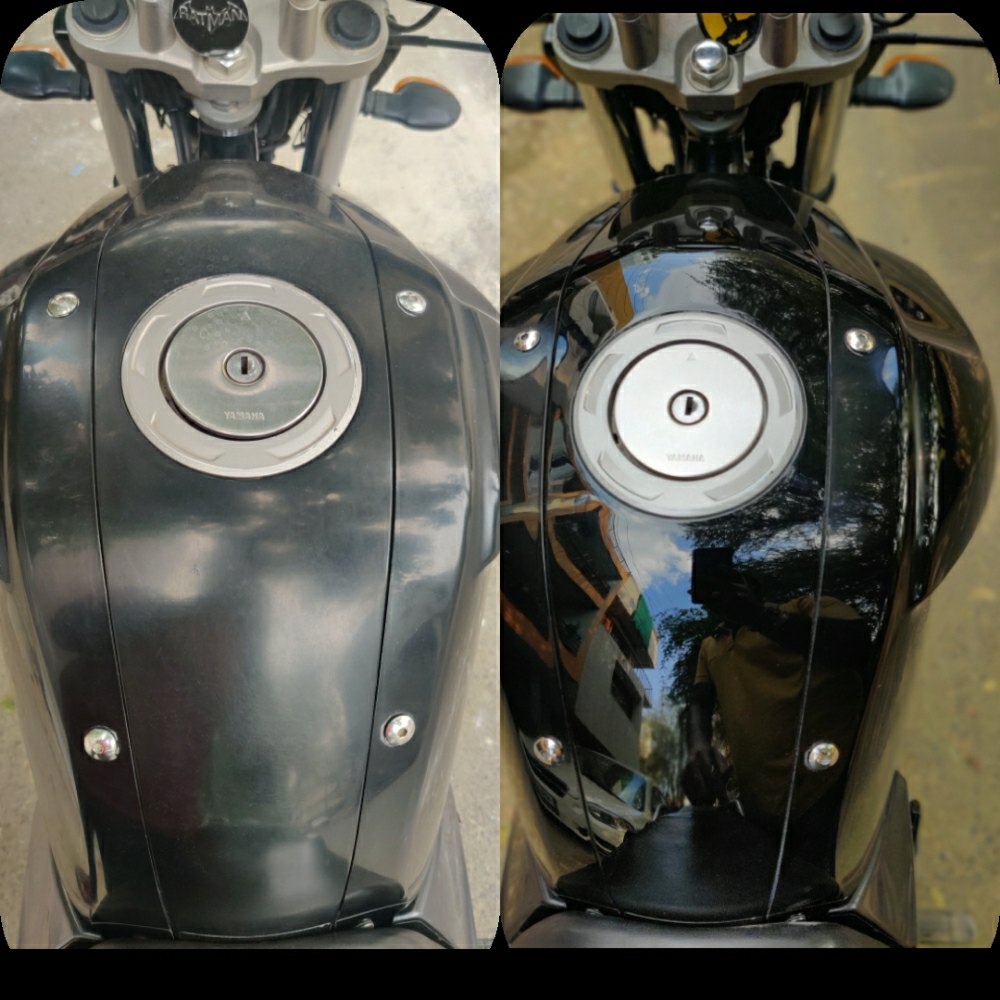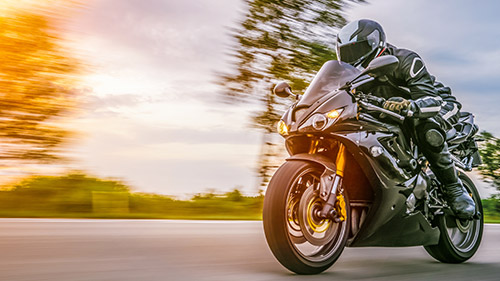Release the Potential of Your Motorbike With Ceramic Covering: a Comprehensive Step-By-Step Overview

Advantages of Ceramic Covering
Enhancing the durability and appearance of your motorcycle, ceramic covering offers a protective layer that repels dirt and contaminants, making maintenance easier and expanding the lifespan of the car. This innovative coating forms a semi-permanent bond with the surface area of the motorcycle, developing a hydrophobic barrier that prevents water places, oxidation, and UV damage. By minimizing the attachment of dirt and grime, ceramic covering not just keeps your bike looking immaculate however also minimizes the need for frequent cleans and outlining.
Additionally, the chemical resistance of ceramic finishing guards the motorbike's paint from ecological toxins and severe chemicals, such as bird droppings and tree sap, that can cause etching and discoloration. This protective layer additionally supplies UV security, avoiding the paint from fading or discolouring over time as a result of sunlight direct exposure. Eventually, buying ceramic layer for your motorbike not just boosts its aesthetic allure but also simplifies upkeep routines and maintains its condition for years to find.
Needed Devices and Materials
What essential devices and products are needed for using ceramic coating to your motorbike? To successfully apply ceramic finish to your bike, you will certainly require a collection of important tools and materials.
Other needed devices include applicator pads or towels for spreading the ceramic finishing, covering up tape to shield delicate areas from unintended application, and handwear covers to maintain your hands tidy throughout the procedure. It is likewise advised to have some isopropyl alcohol accessible for cleaning the surface area of the motorbike prior to using the ceramic layer. Last but not least, having a well-ventilated work space or working outdoors is important to make sure proper ventilation while applying the ceramic coating to your motorcycle.

Preparing Your Bike Surface
Before applying ceramic coating to your bike, thorough surface preparation is important to guarantee optimal attachment and durability of the layer. Start by washing your bike with a pH-neutral shampoo to get rid of dirt, oil, and impurities. Utilize a microfiber cloth to dry the surface completely. Next off, examine the paint for any blemishes such as scratches, swirl marks, or oxidation. Address these issues by brightening or intensifying the affected locations.
After correcting any blemishes, make use of an alcohol-based paint cleaner to more clean the surface and remove any type of continuing to be residues. This action is important as it makes sure a clean canvas for the ceramic coating to bond successfully. As soon as the surface is smooth and clean, make use of a paint prep or surface area preparation item to eliminate any continuing to be oils or deposits that could impede the bonding procedure.
Applying Ceramic Finishing
Having carefully prepared the surface of your motorcycle, the following vital step is the precise application of ceramic covering to guarantee long lasting defense and a glossy finish. Shake the ceramic finish bottle well before usage to assure a consistent uniformity.
As soon as applied, permit the finish to cure for the advised time as per the producer's guidelines. For optimum outcomes, avoid revealing the motorcycle to water or various other elements for at the very least review 24 hours to permit the ceramic layer to totally heal and bond to the surface area.
Maintenance Tips for Long Life

Examining your motorbike on a regular basis for any kind of indications of damages to the ceramic layer, such as chips or scrapes, and resolving them without delay can help keep the stability of the covering. Using a ceramic coating booster or spray sealer every couple of months can additionally help revitalize the finishing and supply extra security against environmental components.
Last but not least, saving your motorbike in a garage or covered area when not being used can secure it from extended exposure to sunlight, rain, and various other damaging aspects that can use down the ceramic finishing - motorcycle ceramic coating. By complying with these maintenance tips, you can ensure that your bike's ceramic finish stays durable and efficient for a prolonged duration
Conclusion
In conclusion, ceramic finish can greatly improve the look and defense of your motorbike. Proper prep work, application, and maintenance are essential to making the most of the advantages of ceramic finishing.
It is likewise recommended redirected here to have some isopropyl alcohol on hand for cleaning the surface of the motorcycle before using the ceramic layer. motorcycle ceramic coating. Having a well-ventilated workspace or working outdoors is vital to make certain proper ventilation while applying the ceramic finishing to your bike
Prior to using ceramic finish to your motorbike, comprehensive surface area prep work is essential to guarantee optimum our website adhesion and longevity of the covering.Having meticulously prepared the surface of your motorcycle, the next essential step is the accurate application of ceramic covering to guarantee lasting defense and a glossy surface. For ideal results, stay clear of subjecting the bike to water or various other aspects for at least 24 hours to allow the ceramic covering to fully heal and bond to the surface area.